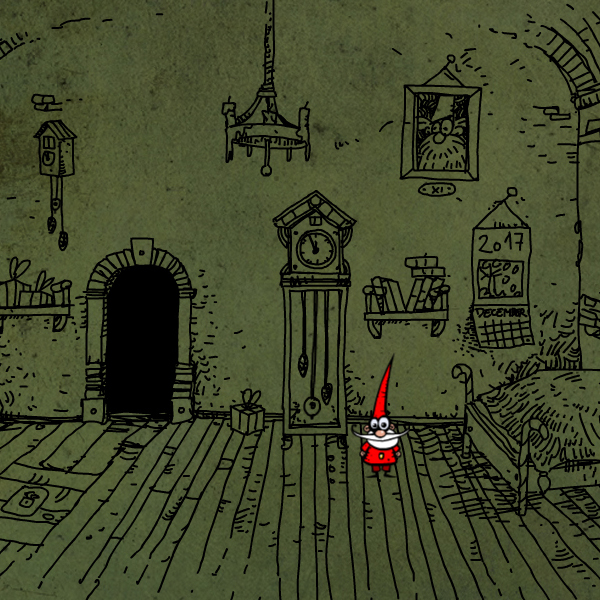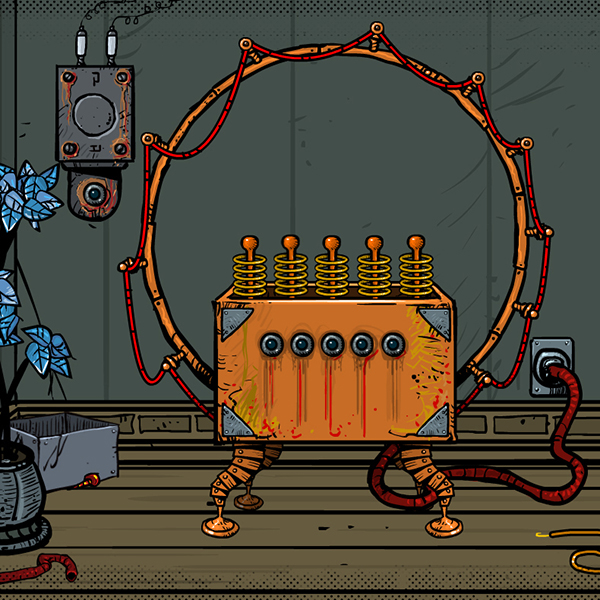Linux games now available!
February 9, 2018
Hi there, Linux / Ubuntu users!
Today is your day. I finally managed to harness the knowledge of creating virtual machine, installing Ubuntu on it and connecting it to my good ol’ PC work station. Thus, linux versions are now a reality. Get them all here:
These builds were created to the exact specifications of Game Maker Studio 2.
I used Ubuntu 14.04.5 LTS (Trusty Tahr) as instructed by the how-to page.
They say it’s the only version of Ubuntu they support right now that creates stable builds of games.
If you run into problems while trying to run those games (missing libraries etc), read this troubleshoot article written by Edwin Vigneau.
Believe me, connecting Ubuntu Virtual Machine to Game Maker Studio 2 on my PC is kind of a peak of my tech-savviness when it comes to Linux. The process is then automated, therefore tweaking it by me myself is out of the question for me.
However, I hope majority of you will be able to open and play these games! A side note: this only concerns games from 2017, which were created in Game Maker Studio 2. Games from 2016 were done in a previous version of the studio without access to Linux versions. Buying that access on a defunct and unused engine now seems a bit redundant, doesn’t it?
(Yes, that also means that all my future releases will be available on Linux on premiere day as well).
Happy days ahead!













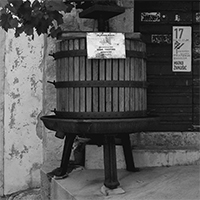
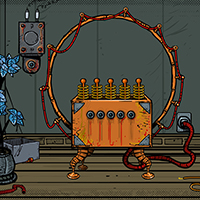
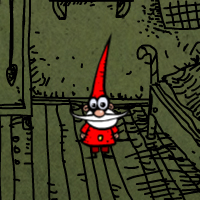
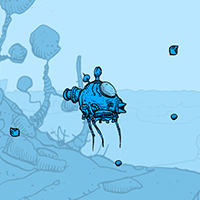



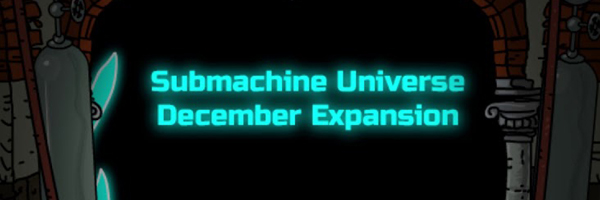
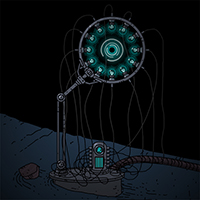 1. At the ends of Submachine 10 and Submachine Universe, the Player ends up in a desert. What is the significance of this place for people like Murtaugh and Elizabeth, and where is it located with respect to the rest of the Submachine? Is it a foreign planet, as it appears, or is this an alternate Earth?
1. At the ends of Submachine 10 and Submachine Universe, the Player ends up in a desert. What is the significance of this place for people like Murtaugh and Elizabeth, and where is it located with respect to the rest of the Submachine? Is it a foreign planet, as it appears, or is this an alternate Earth?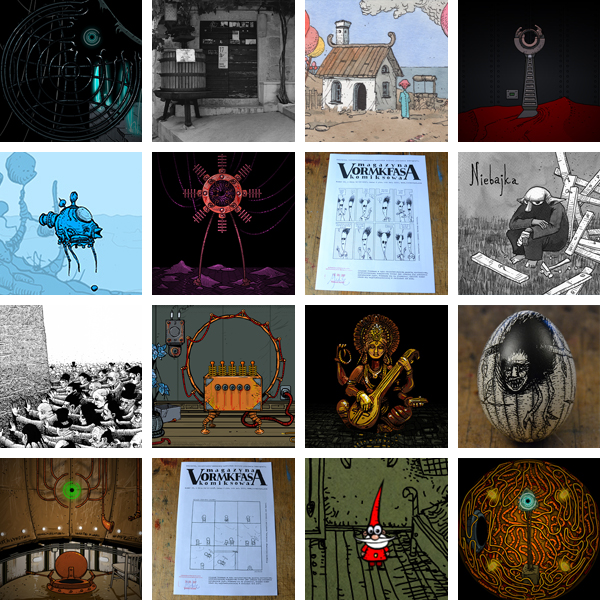
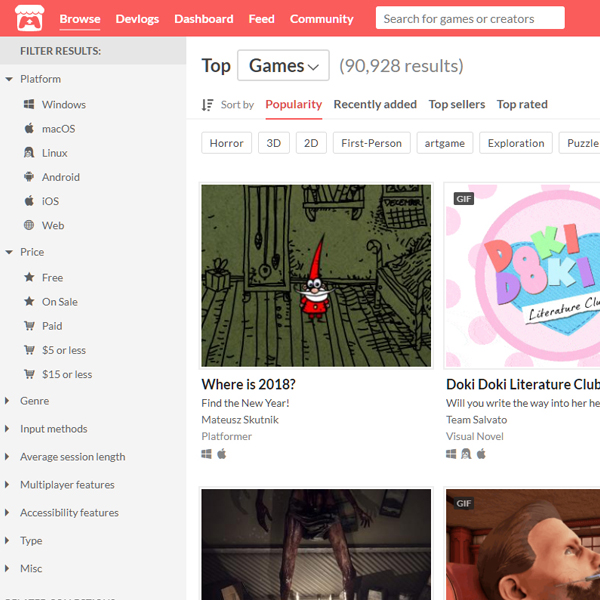
 Where is 2018? It’s Here, and it’s Already Weird AF
Where is 2018? It’s Here, and it’s Already Weird AF